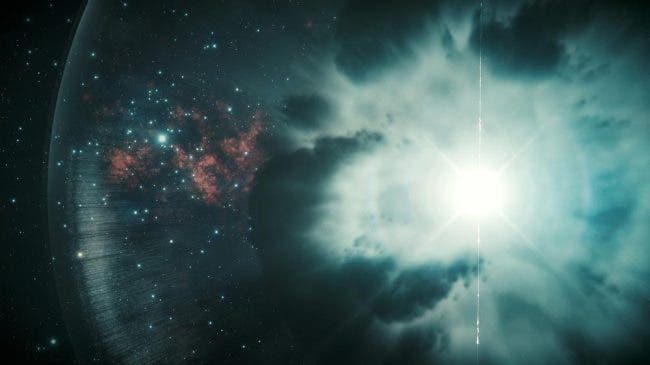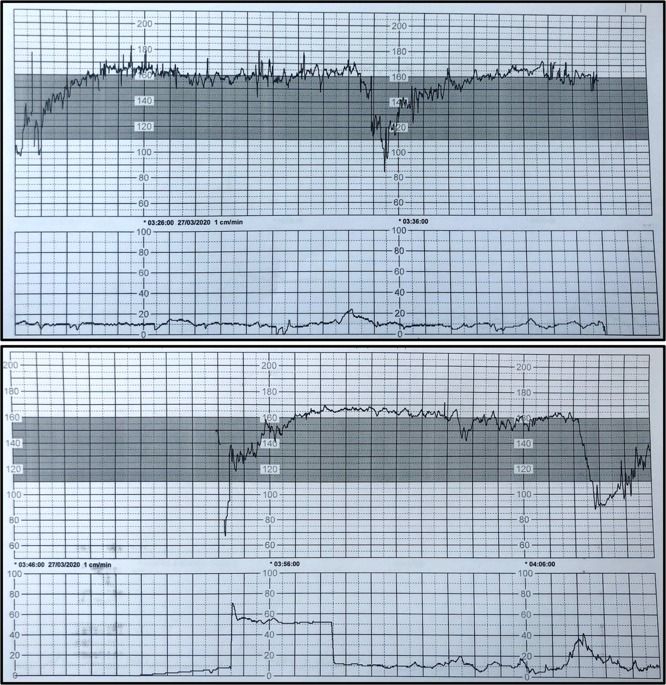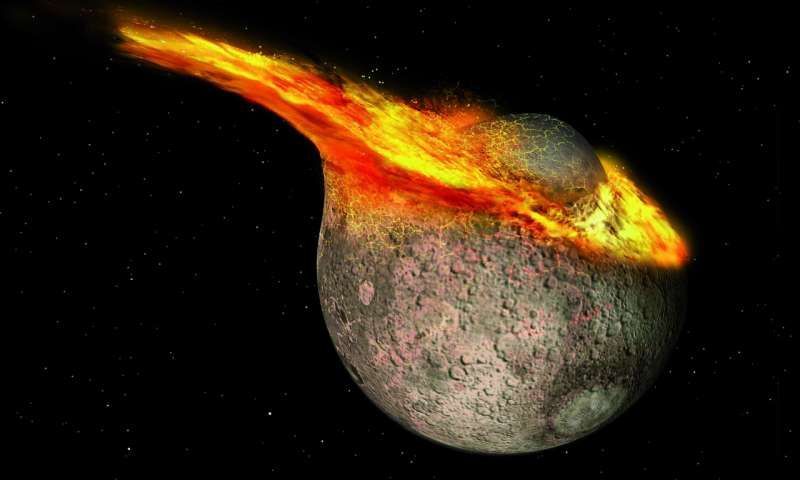
A short gamma ray burst left the most-distant optical afterglow ever detected –incredibly faint and fast signals sometimes lasting mere hours–some 10 billion light years away, 3.8 billion years after the Big Bang. Astronomers suspect that up to one-third of all short gamma ray bursts come from merging neutron stars in globular clusters of old stars blinding whole galaxies with light and destroying millions of worlds. Known as SGRB181123B, it is the second most-distant well-established SGRB ever detected and the most distant event with an optical afterglow.
The appearance of an SGRB at such an early time, report astronomers at the Keck Observatory and Northwestern University could alter theories about their origins, particularly the length of time it takes two neutron stars to merge and produce these powerful explosions, as well as the rate of neutron star mergers in the young universe.
“This was a very exciting object to study,” said Kerry Paterson, a postdoctoral associate at Northwestern University’s Center for Interdisciplinary Exploration and Research in Astrophysics (CIERA) and lead author of the study. “Our research now suggests neutron star mergers could occur surprisingly quickly for some systems — with neutron star binaries spiraling together in less than a billion years to create an SGRB.”


















